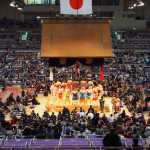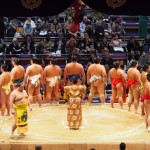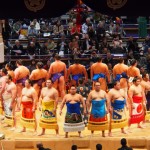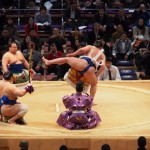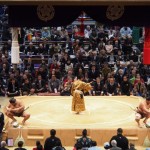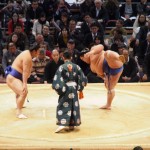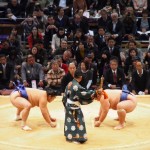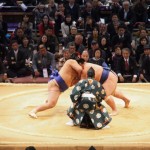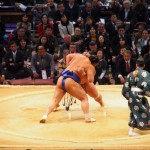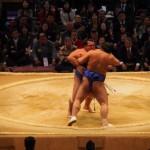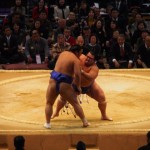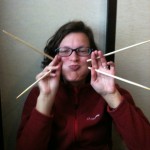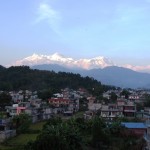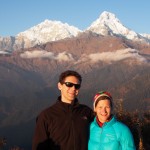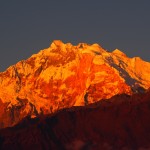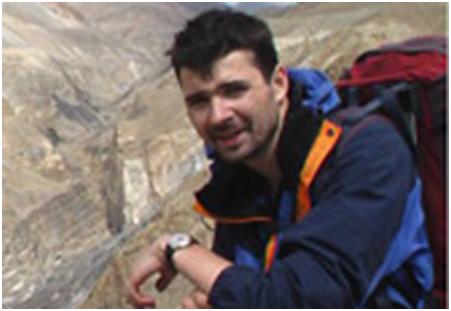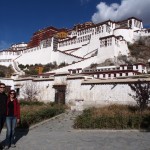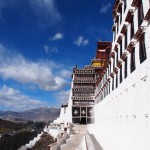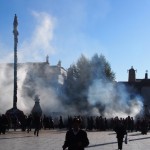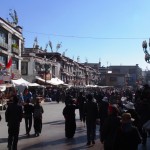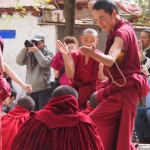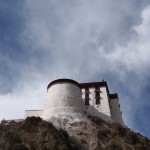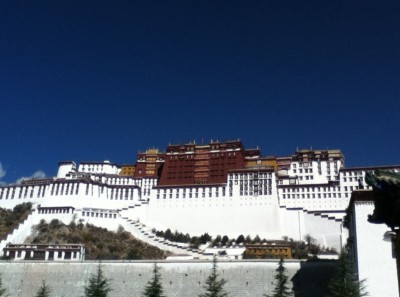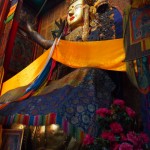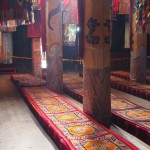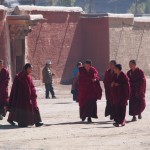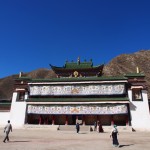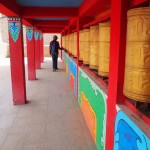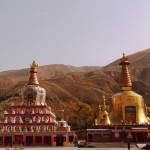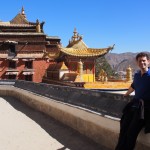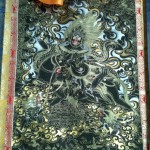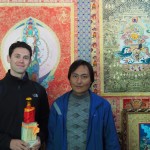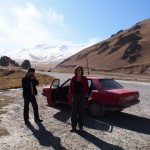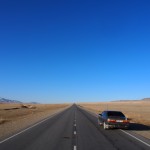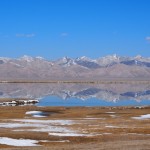We have been to Japan before. A two week holiday a few years ago whetted our appetite for all things Japanese, hence our desire to shoehorn a return trip into the gap in our itinerary caused by the immovable blocks of Christmas and, er, the North Korean National day in September. We loved it last time, and we loved it this time. But we had some chores to complete.
Last time we were here we ranged all over the country, we skied in Hokkaido, we took the Japanese equivalent of the Orient Express (for which you have to win tickets in a lottery), we temple bashed in Nara, misery touristed in Hiroshima, monastery stayed in Koya-San, and Kabuki-ed in Tokyo. We ate everything we could get our hands on and stayed in a range of high and low class hotels the length of the country. But we missed out on a few things – seasonality, time constraints and mild case of culture shock prevented us from doing everything we wanted to. Hence the requirement for a little box ticking.
Well, you know your life isn’t too bad when your mandatory box ticking involves going to a Sumo tournament and tasting poisonous Fugu puffer fish. Life is tough, yet again.
Sumo. Well. It’s amazing. The bouts typically last less than ten seconds, but that misses the point. It’s the mandatory four minutes per bout of facing off, warming up, strutting and posturing that really make the occasion. Our American friends won’t know what the hell I am talking about at this point, but do you remember that time when the Scottish ladies’ curling team got a gold medal at the winter Olympics? For about three days everyone in the UK suddenly became world class curling experts, able to discuss at length the tactical implications of scrubbing vs polishing ice, stone positioning and the correct usage of the slippery and spiked shoes. It was bizarre, and it overtook us at the Sumo:
“Oh, look at that decisive foot stamp. He’s so aggressive. He’s definitely got the upper hand”
“What an effective ceremonial-salt-chucking there – the Yokozuna’s overhand salt toss. Punchy!”
“My lord, he leaned so far forward on his hands there in warm up! How can the opponent possibly respond?”
“Did you see the half-hearted honorific brow mopping there? His fighting spirit must be broken!”
(and, my personal favorite, from Lucy) “He’s wearing lovely green pants. I think he’s definitely going to win.”
- Sumo! Consecrated earth, holy tiled roof, sacred national flag and lots of sweaty men
- That’s a lot of bottoms. Lucy was rather excited
- Note to self – do not pick up fashion tips from these men
- I know it’s a key moment in a very dignified ceremony, but it looks from this angle like he’s trying to force the ref’s head up his loincloth
- Most of sumo is like this – they have four minutes to drink honorific water, rub themselves down with honorific paper towels and throw honorific salt
- They also get to show off their stamping prowess, with the beneficial side efffect of scaring any wandering demons away. Pesky demons
- The bouts are rather short, however. First they face off. Ooh, scary
- Then they butt honorific heads
- Then the honorific wedgies start
- In Scotland they would call this Arrgy Barrgy in the Line Oot. In Japan, this would require about 45 minutes of patient contextual explanation
- And then it’s over. Step outside the line and you’re honorific toast. Less than ten seconds, start to finish
- Box ticking part deux – Lucy does her finest spiny puffer fish impression
Sumo is deeply bizarre, heavily tied up in ritual, almost perfectly opaque to outsiders, and definitely worth a visit if you happen to be in town when a match is on.
Eating Fugu on the other hand, is deeply bizarre, heavily tied up in ritual, almost perfectly opaque to outsiders and worth doing just once in your life for the sole reason that you can say you have done it. We journeyed to the spiritual home of Fugu in Shimonoseki (where even the manhole covers have cartoon blowfish on them) and tried a full “setto” of blowfish in a specialist blowfish restaurant. Our English friends won’t know what the hell I am talking about at this point, but … well … Meh. It was just chewy sashimi without any of the famed mouth numbness that signifies near-poisoning (interestingly the Japanese word for “sashimi” isn’t actually “sashimi” but “o-tsukuri” – who knew?).
Perhaps they don’t serve the good stuff to foreigners; perhaps we don’t know the Japanese for “hurt me, chef”; perhaps we had too much beer for lunch. Anyway – tick.

